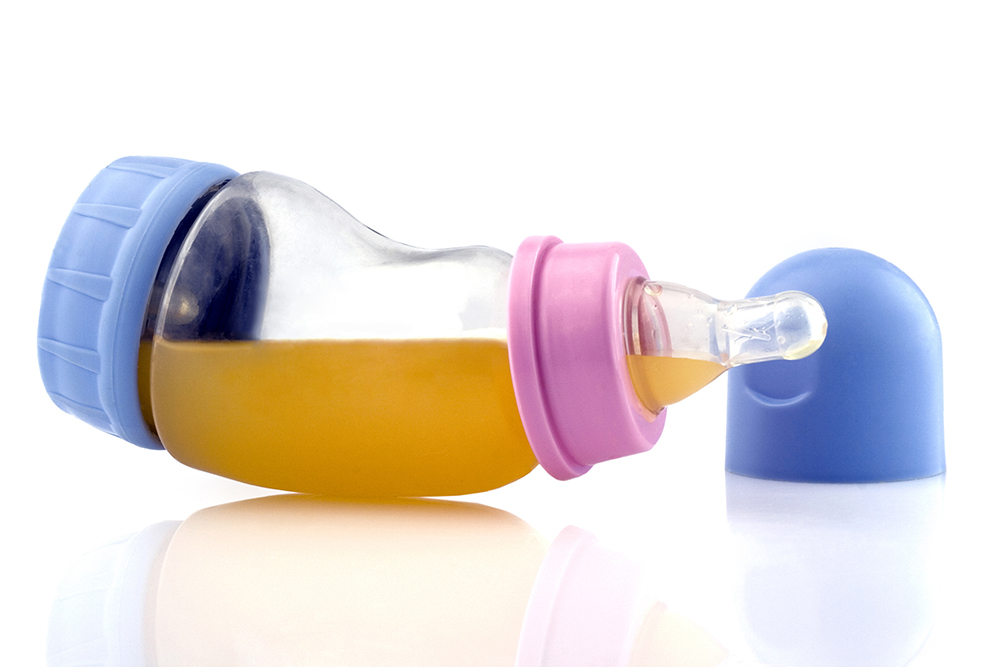
How Can You Prevent Baby Bottle Tooth Decay?
The alternative name for baby bottle tooth decay is “early childhood caries,” which means cavities that form on baby teeth at a young age.
We know that healthy baby teeth lead to healthy adult teeth. They are space holders for the adult teeth and provide a healthy environment for the future adult teeth. Tooth decay in baby teeth can lead to pain, infections, missing teeth, difficulty chewing and speech and unnecessary stress.
What is Baby Bottle Tooth Decay?
This condition occurs when your child’s baby teeth are exposed to sugars, usually in the form of milk from a bottle or sweet drinks, and start to decay. The decay will typically present on the upper front teeth but can extend to any tooth in the mouth. This condition is most common when a bottle is used as a pacifier or when a baby is left with a bottle of milk overnight.
This is because their teeth will be bathed in sugary liquid for an extended time, increasing the risk for decay. Pediatricians recommend that the only liquid given at night in a bottle is water. Inadequate intake of fluoride can also lead to baby bottle tooth decay. Fluoride helps protect the baby teeth from decay and should be ingested by drinking tap water and using a small amount of toothpaste containing fluoride by the age of 3.
Tooth decay is caused by bacteria and, therefore, can also be passed from mother/father to baby by passing bacteria contacting saliva. This means that sharing a spoon or utensil should be avoided.
Signs & Symptoms of Baby Bottle Tooth Decay
Tooth decay may occur in its early stages without presenting any signs or symptoms. Small cavities between teeth may not show at all. They may show minor white or brown-stained patches between teeth as they progress and get larger. More advanced decay will look like chips or fractures between teeth and may be yellow, brown or black.
Your baby may also be experiencing pain or discomfort due to the decay. They may show this by being fussy, crying, or presenting with swelling and a fever. Taking your toddler to the dentist at an early age is vital at the onset of the first teeth. Your dentist can check areas of your toddlers’ teeth that you can’t access. If baby bottle tooth decay is left untreated, it can lead to pain, infection, loss of teeth, problems with the adult teeth and very costly dental treatment.
Preventing Baby Bottle Tooth Decay
Reducing the amount of sugar your baby consumes plays a vital role in reducing their risk. Try not to give your baby anything else to drink but water or milk. Make sure you do not leave them to sleep at night with a milk bottle, and do not use a bottle of milk as a pacifier.
Be sure to avoid sharing your own saliva with your baby. After feeding, clean your baby’s teeth and gums with a gauze and a small toothbrush. When your baby sleeps, their mouth must be clear from any sugars. Also, be on the lookout for signs and symptoms of baby bottle tooth decay.
Treatment of Baby Bottle Tooth Decay
If the decay is still tiny and in the early stages, your dentist can use fluoride treatment to remineralize the areas and prevent the decay from growing. Stronger fluoride such as silver diamine fluoride may be applied to areas of decay. Filling and dental crowns are possible solutions if the decay is more extensive and cannot be treated with fluoride. The decay will be removed and filled, and a crown will protect the tooth until it is ready to fall out.
The last resort is to have a severely decayed tooth extracted when there is no other option. In this case, a space maintainer may be used to hold the proper space for the future adult tooth. Treatment of decay on baby teeth, as mentioned earlier, is vital to the health of the future adult teeth and your child’s overall wellbeing.
Please contact us if you have any questions about baby bottle tooth decay.
